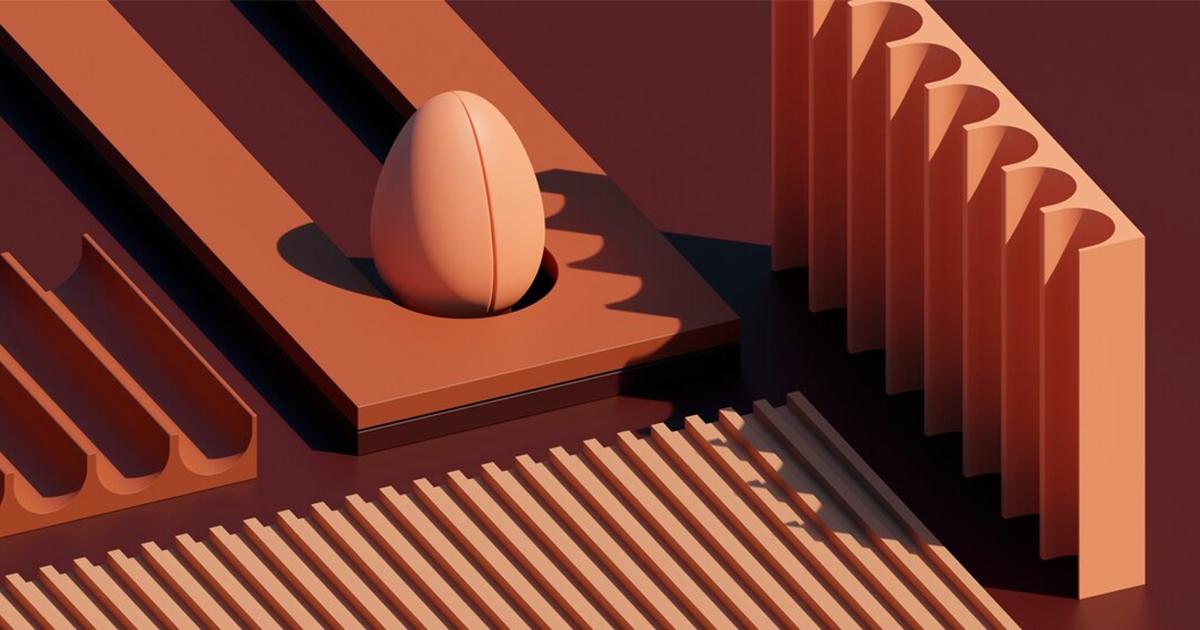Seismic-Resistant Materials, Devices and Structures
A special issue of Applied Sciences (ISSN 2076-3417). This special issue belongs to the section "Earth Sciences".
Deadline for manuscript submissions: closed (20 June 2025) | Viewed by 1734

Special Issue Editors
Interests: structural engineering; earthquake engineering; self-centring structure
Interests: concrete structures; high-performance composite materials
Interests: fabricated structures; new material structures
Special Issues, Collections and Topics in MDPI journals
Interests: smart materials and structures; structural health monitoring; energy harvesting
Special Issues, Collections and Topics in MDPI journals
Special Issue Information
Dear Colleagues,
Earthquake resilience is a critical concern in the design and construction of modern infrastructure. The development of innovative materials and structural systems that can withstand seismic forces is essential to ensure the safety and longevity of buildings and other structures. Advanced materials, such as high-performance concrete, fiber-reinforced polymers, and shape memory alloys, along with novel structural designs, play a pivotal role in enhancing earthquake resistance. Techniques for seismic retrofitting, base isolation, and energy dissipation are also crucial in mitigating the impact of earthquakes on existing structures.
In this Special Issue, we invite submissions that delve into the latest research and advancements in earthquake structures and materials. We welcome both theoretical and experimental studies, as well as comprehensive reviews and survey papers. Topics of interest include, but are not limited to, innovative materials for seismic applications, advanced structural systems, seismic performance assessment, retrofitting techniques, and case studies of earthquake-resistant design and construction.
Dr. Zhi-Peng Chen
Dr. Jiajun Fan
Dr. Xu-Yang Cao
Prof. Dr. Songye Zhu
Guest Editors
Manuscript Submission Information
Manuscripts should be submitted online at www.mdpi.com by registering and logging in to this website. Once you are registered, click here to go to the submission form. Manuscripts can be submitted until the deadline. All submissions that pass pre-check are peer-reviewed. Accepted papers will be published continuously in the journal (as soon as accepted) and will be listed together on the special issue website. Research articles, review articles as well as short communications are invited. For planned papers, a title and short abstract (about 250 words) can be sent to the Editorial Office for assessment.
Submitted manuscripts should not have been published previously, nor be under consideration for publication elsewhere (except conference proceedings papers). All manuscripts are thoroughly refereed through a single-blind peer-review process. A guide for authors and other relevant information for submission of manuscripts is available on the Instructions for Authors page. Applied Sciences is an international peer-reviewed open access semimonthly journal published by MDPI.
Please visit the Instructions for Authors page before submitting a manuscript. The Article Processing Charge (APC) for publication in this open access journal is 2400 CHF (Swiss Francs). Submitted papers should be well formatted and use good English. Authors may use MDPI's English editing service prior to publication or during author revisions.
Keywords
- earthquake engineering
- structural resilience
- high-performance materials
- performance-based design
- anti-seismic dampers
- base isolators
- seismic performance assessment
- post-earthquake repair and retrofitting
Benefits of Publishing in a Special Issue
- Ease of navigation: Grouping papers by topic helps scholars navigate broad scope journals more efficiently.
- Greater discoverability: Special Issues support the reach and impact of scientific research. Articles in Special Issues are more discoverable and cited more frequently.
- Expansion of research network: Special Issues facilitate connections among authors, fostering scientific collaborations.
- External promotion: Articles in Special Issues are often promoted through the journal's social media, increasing their visibility.
- Reprint: MDPI Books provides the opportunity to republish successful Special Issues in book format, both online and in print.
Further information on MDPI's Special Issue policies can be found here.








